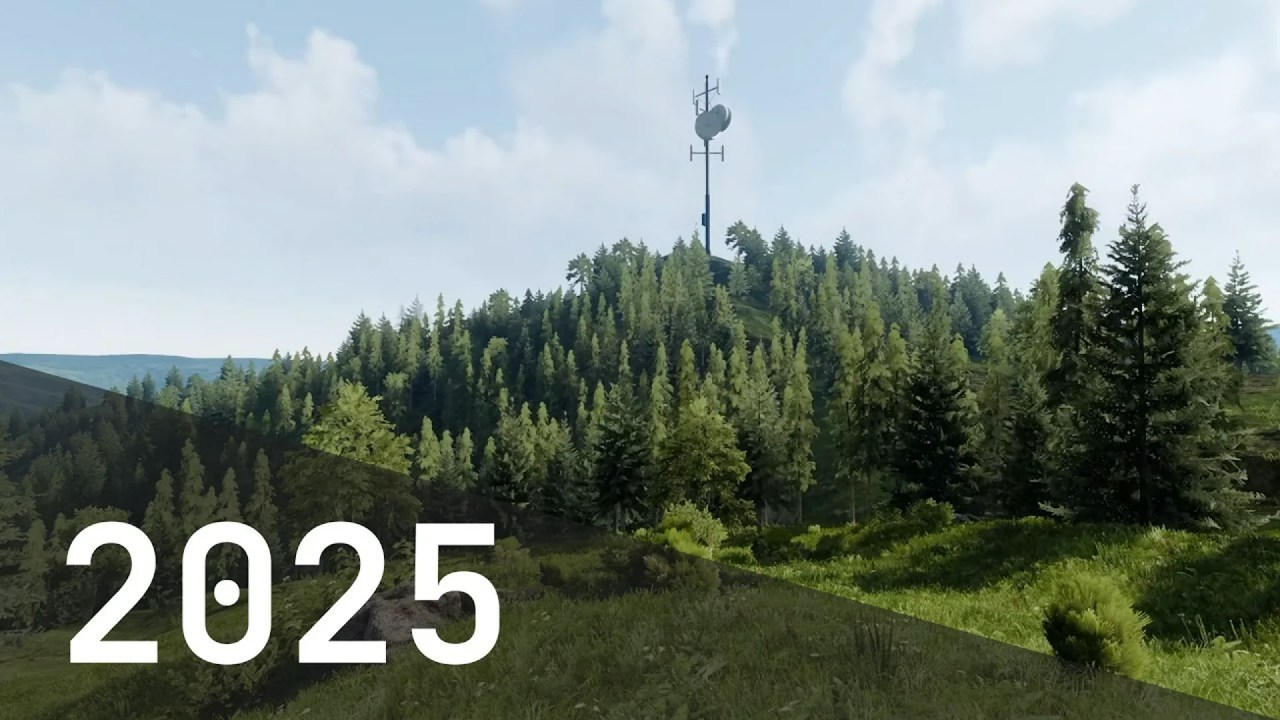Dive into the world of Unreal Engine material creation with ProductionCrate! Learn how to import 3D models and textures, create realistic materials, and set up dynamic control sliders for ultimate customization. Plus, snag some free 3D models to get started!
For 3D artists and Unreal Engine enthusiasts, mastering material creation is key to achieving stunning visuals. ProductionCrate’s latest video offers a comprehensive guide to importing models, applying textures, and creating customizable materials within Unreal Engine. Whether you’re aiming for photorealistic environments or stylized designs, this tutorial provides the foundational knowledge and practical techniques to elevate your projects.
Importing 3D Models and Textures
The video begins with a walkthrough of importing 3D models into Unreal Engine. ProductionCrate generously provides two free models – a Desert Eagle and a spaceship called PCC Raven – which you can download from their website (RenderCrate Desert Eagle [External Link] and RenderCrate Spaceship [External Link]). The tutorial covers the process of importing not only the models but also the associated texture maps, which are crucial for defining the surface properties of your assets.
Applying Textures and Creating Realistic Materials
Once the models and textures are imported, the next step is to apply those textures to the models within Unreal Engine’s material editor. The video demonstrates how to connect the various texture maps (such as albedo, normal, and roughness maps) to create a physically based rendering (PBR) material. This is where the magic happens, as these textures define how light interacts with the surface, giving it a realistic appearance.
ProductionCrate also introduces their 3D Character Creator (ProductionCrate Character Creator [External Link]), showing how to import characters and apply textures to them. The tutorial also covers creating transparent and glass materials, as well as setting up masked materials for effects like foliage or decals.
Virtual Texturing and UDIMs
For those working with high-resolution textures, the video delves into the world of Virtual Texture Streaming. This technique allows you to use extremely large textures without overwhelming your system’s memory. ProductionCrate explains how to import UDIMs (a method of organizing textures into tiles) and apply virtual textures within Unreal Engine, ensuring optimal performance even with incredibly detailed assets.
Dynamic Material Control with Sliders
One of the most exciting aspects of the tutorial is the demonstration of how to set up material instances and create dynamic control sliders. This allows you to adjust various material properties – such as color, metallicness, specular, roughness, and emissive intensity – in real-time. These sliders provide a non-destructive way to experiment with different looks and fine-tune the appearance of your materials without having to recompile the entire shader.
The video explains how to create these sliders and connect them to the corresponding material parameters. This gives you the power to change the paint color of a vehicle, adjust the reflectivity of a surface, or control the glow of an emissive element – all with simple slider adjustments.
By using material instances, you can also apply different material variations to multiple models simultaneously. This is a huge time-saver when you need to quickly iterate on the look of your scene or create multiple versions of an asset with different material properties.
Video via ProductionCrate
In their latest video, ProductionCrate offers a wealth of knowledge for anyone looking to improve their material creation skills in Unreal Engine. From importing models and textures
Source:
ProductionCrate – Mastering Materials in Unreal Engine – Complete Tutorial



